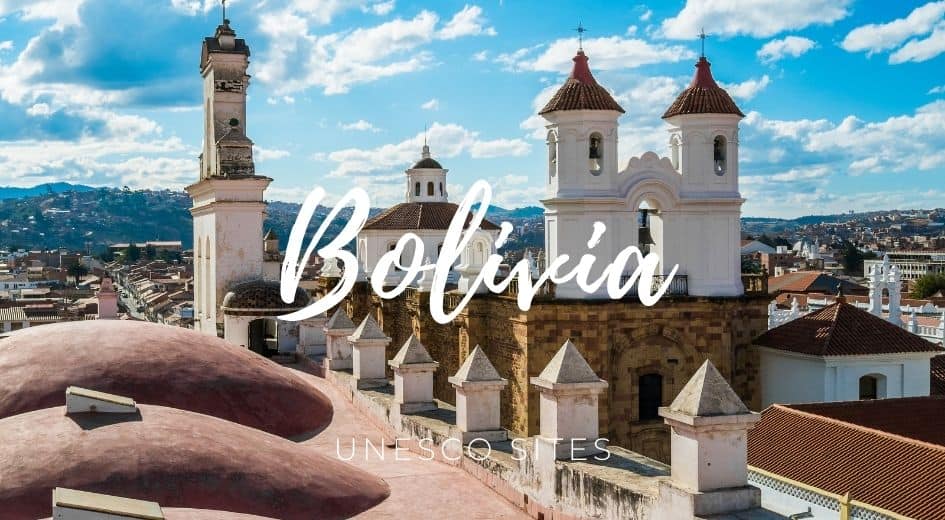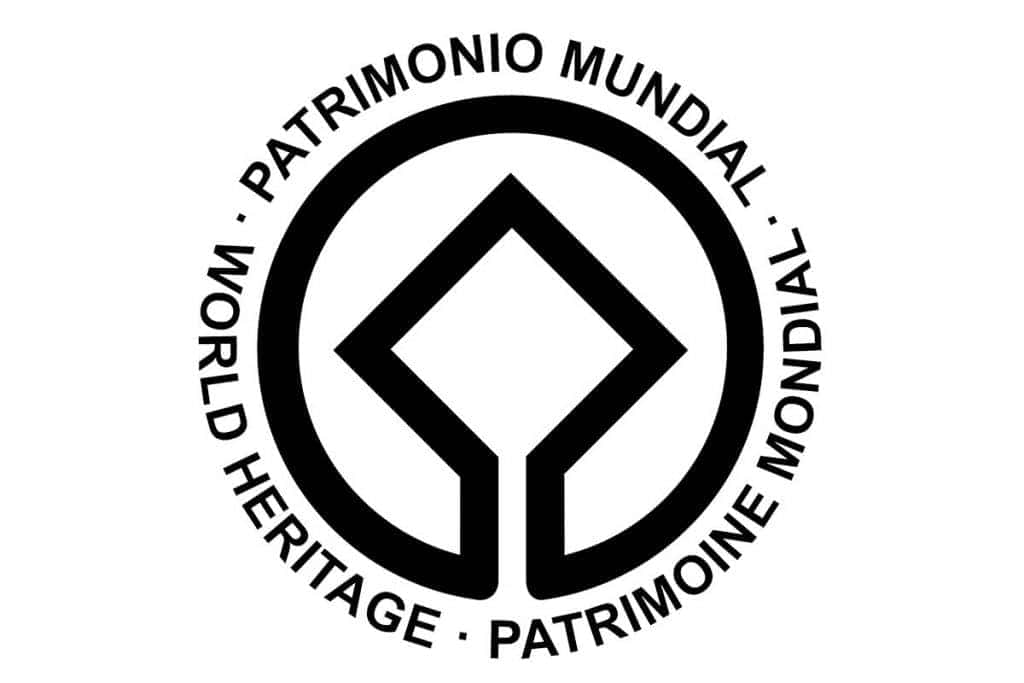Table of Contents


Bolivia’s UNESCO has registered 7 sites on the World Heritage list and 5 on the tentative list.
Some places are so interesting that it’s relevant to keep them for future generations. This is why UNESCO has built a list of crucial classified properties in which superb places stand out for their aesthetic, natural, artistic, or cultural significance.
More than a thousand places are registered as Unesco’s World Heritage worldwide. Due to my interest in visiting World Heritage sites, I compiled the UNESCO list in Bolivia and the corresponding map.
Bolivia UNESCO list
- City of Potosí
- Fuerte de Samaipata
- Historic City of Sucre
- Jesuit Missions of the Chiquitos
- Qhapaq Ñan, Andean Road System
- Tiwanaku: Spiritual and Political Centre of the Tiwanaku Culture
- Noel Kempff Mercado National Park
Bolivia UNESCO Map
Click on the blue pins to view more relevant information about each World Heritage site in Bolivia.
Description
- City of Potosí: A historic city located in the highlands of Bolivia that played a key role in the Spanish colonial era due to its rich silver mines and extensive infrastructure, including churches, convents, and other religious and civic buildings.
- Fuerte de Samaipata: A pre-Columbian archaeological site located in the eastern foothills of the Andes that includes a large rock sculpture and several other ruins and structures that reflect the unique blend of indigenous and Spanish cultural traditions that shaped the region.
- Historic City of Sucre: A colonial-era city in Bolivia’s central highlands that served as the country’s capital during the Spanish colonial period and contained numerous examples of Spanish Baroque architecture and urban planning.
- Jesuit Missions of the Chiquitos: A collection of religious and cultural sites in eastern Bolivia established by the Jesuits in the 17th and 18th centuries and reflected the unique blend of European and indigenous cultures that have shaped the region over the centuries.
- Qhapaq Ñan, Andean Road System: A network of roads, trails, and other infrastructure developed by the Inca Empire and served as a key transportation and communication system throughout the Andes region.
- Tiwanaku: Spiritual and Political Centre of the Tiwanaku Culture: A pre-Columbian archaeological site near Lake Titicaca that contains the ruins of the ancient Tiwanaku civilization, which flourished in the Andes region from about 400 to 900 AD.
- Noel Kempff Mercado National Park: A protected area located in the eastern lowlands of Bolivia that contains a diverse range of ecosystems, including tropical rainforests, savannas, and wetlands, as well as several endemic and endangered species.
UNESCO World Heritage Sites in Bolivia are protected places for their cultural and natural importance.
Sites on the Tentative List
- Sajama National Park
- Pulacayo, Industrial Heritage Site
- Incallajta, the largest Inca site in the Kollasuyo
- Cal Orck’o: Footprints of time
- Sacred Titicaca Lake


